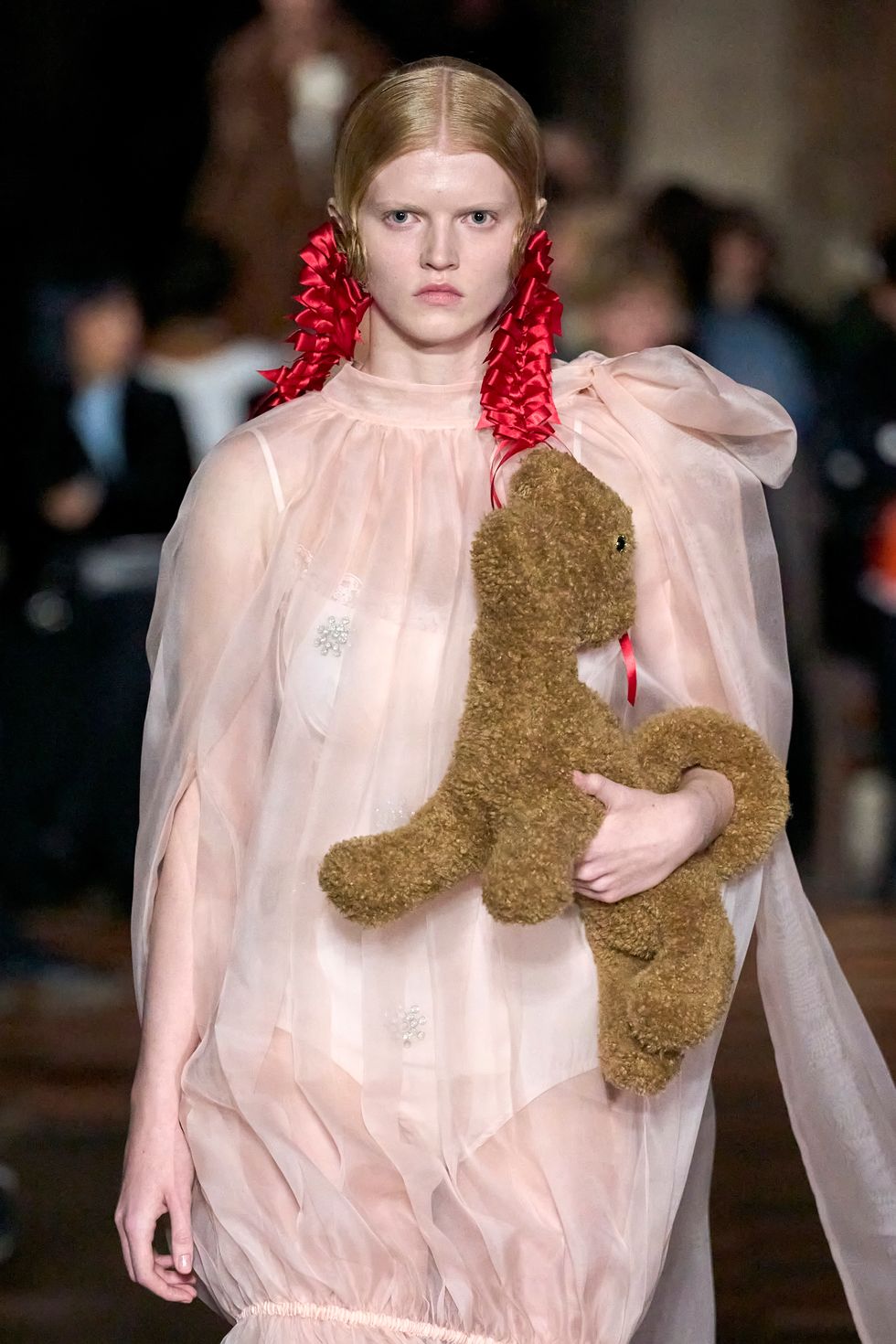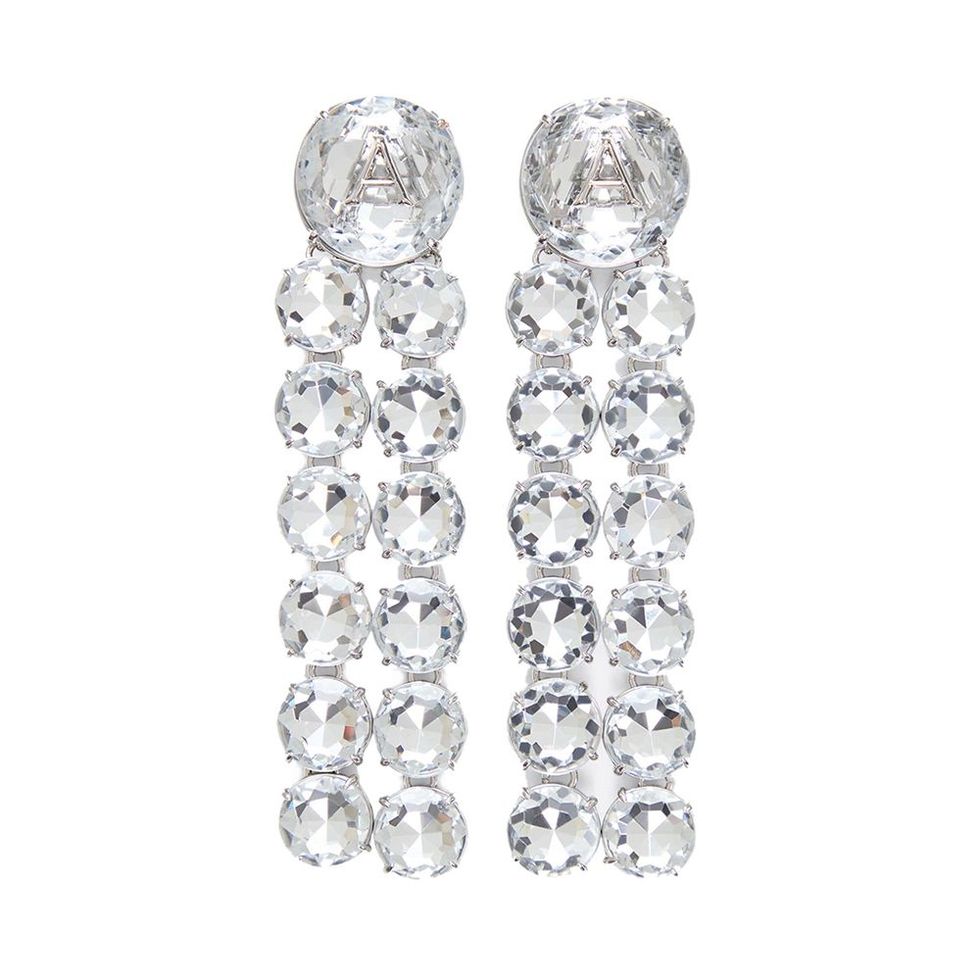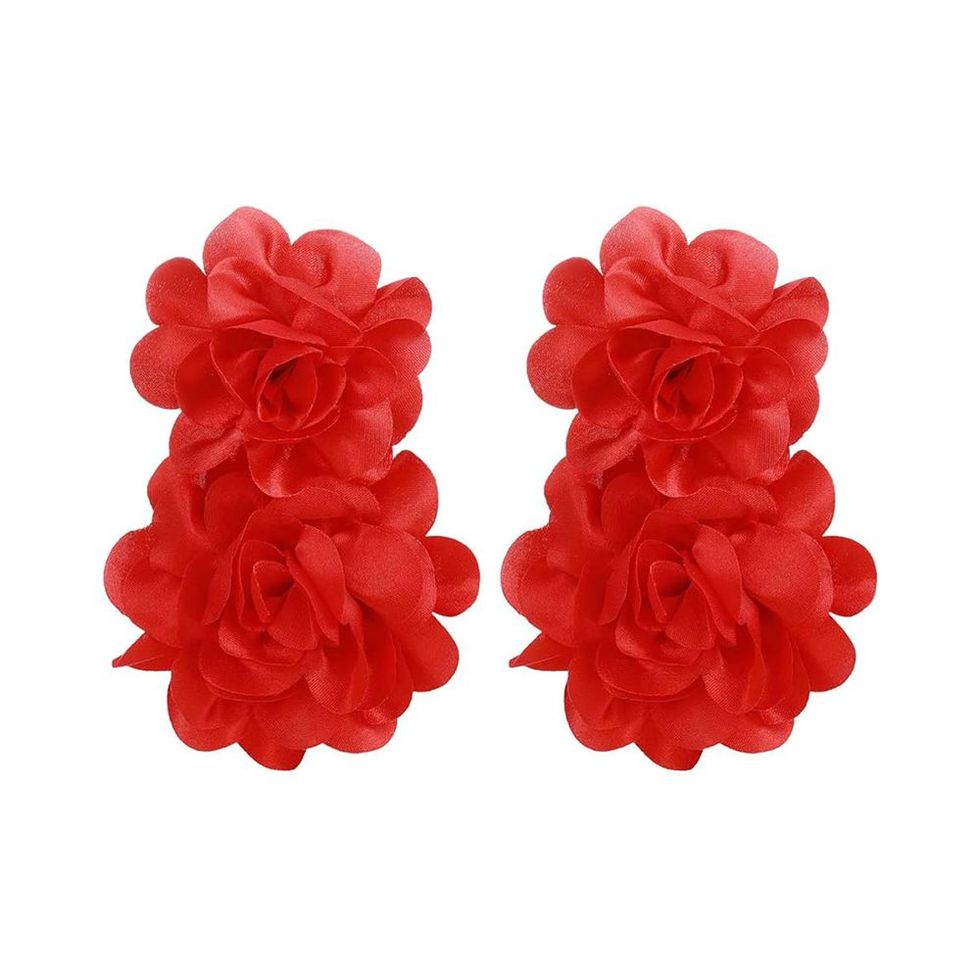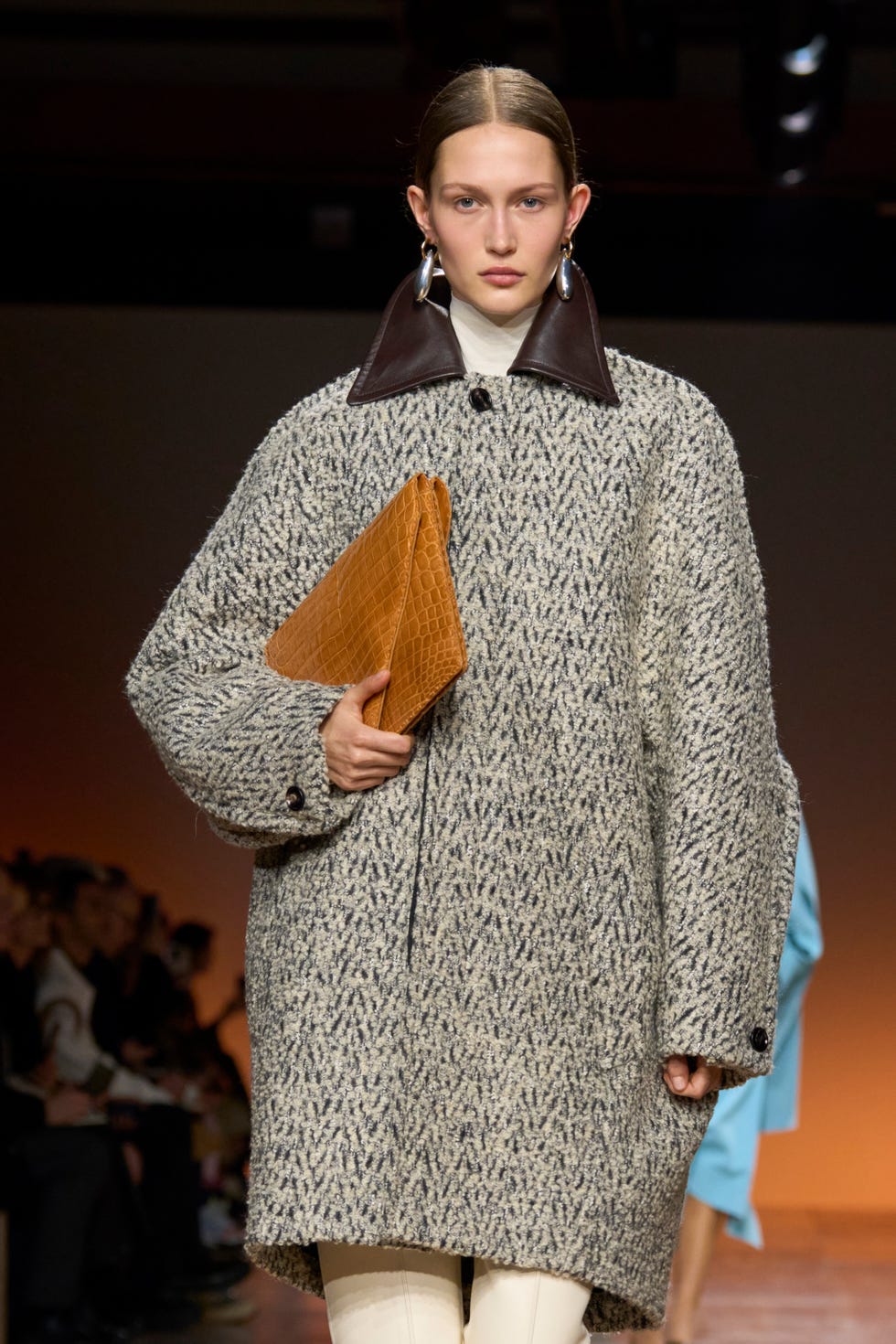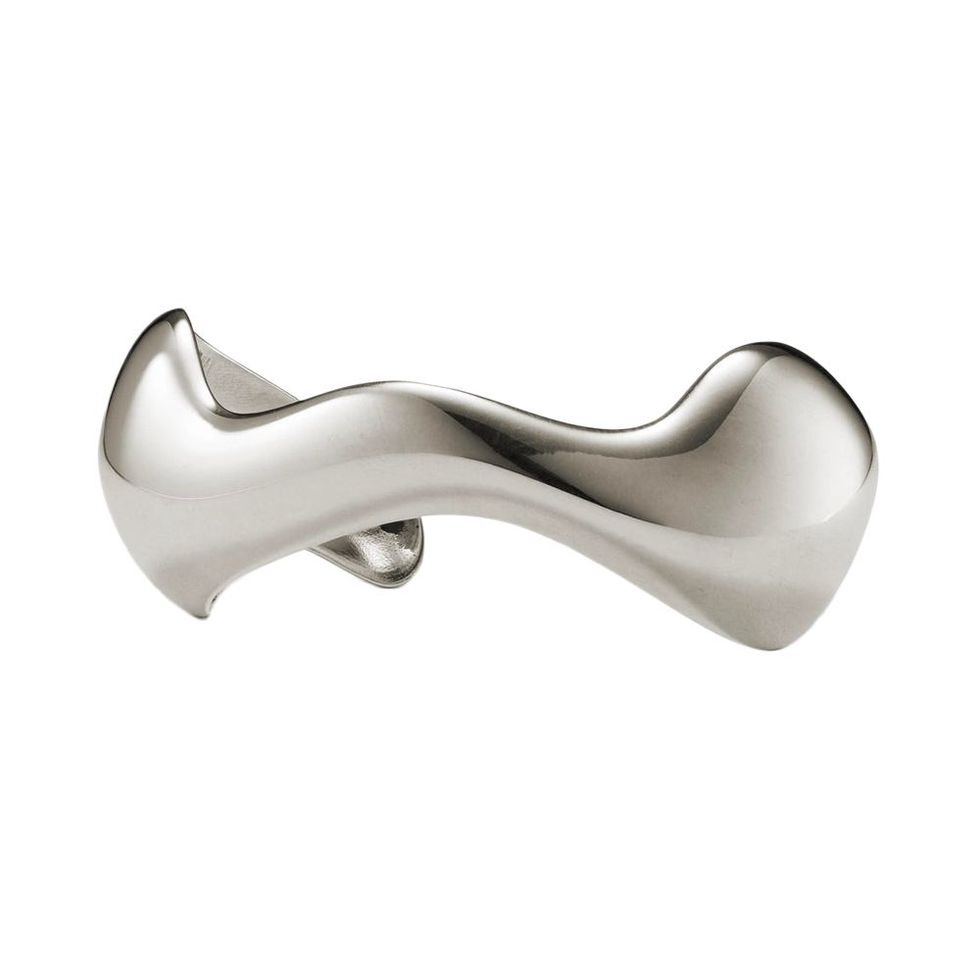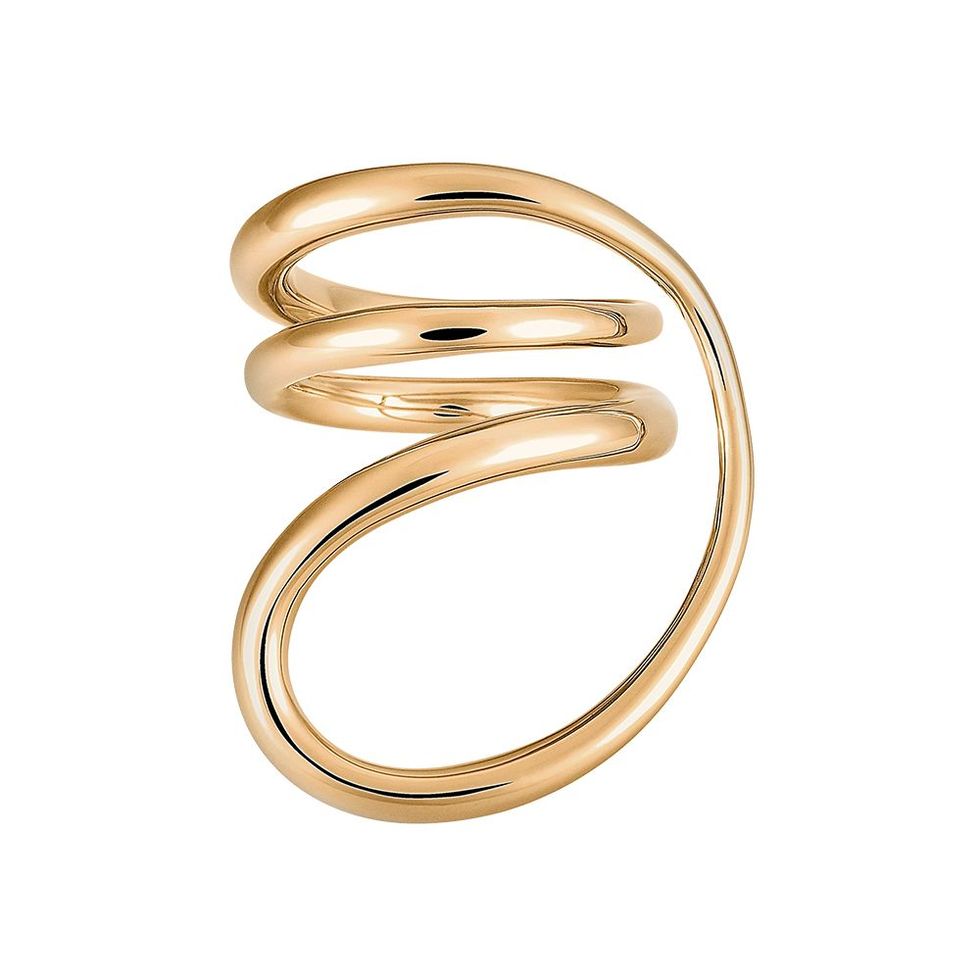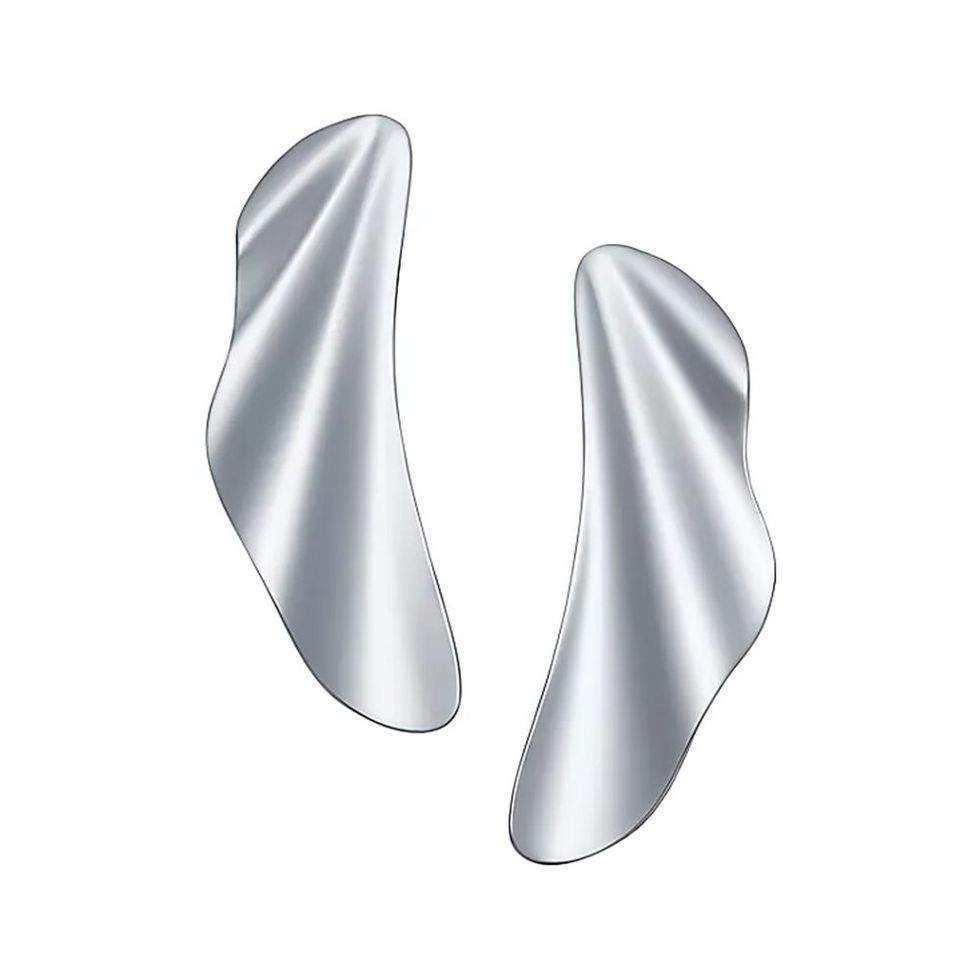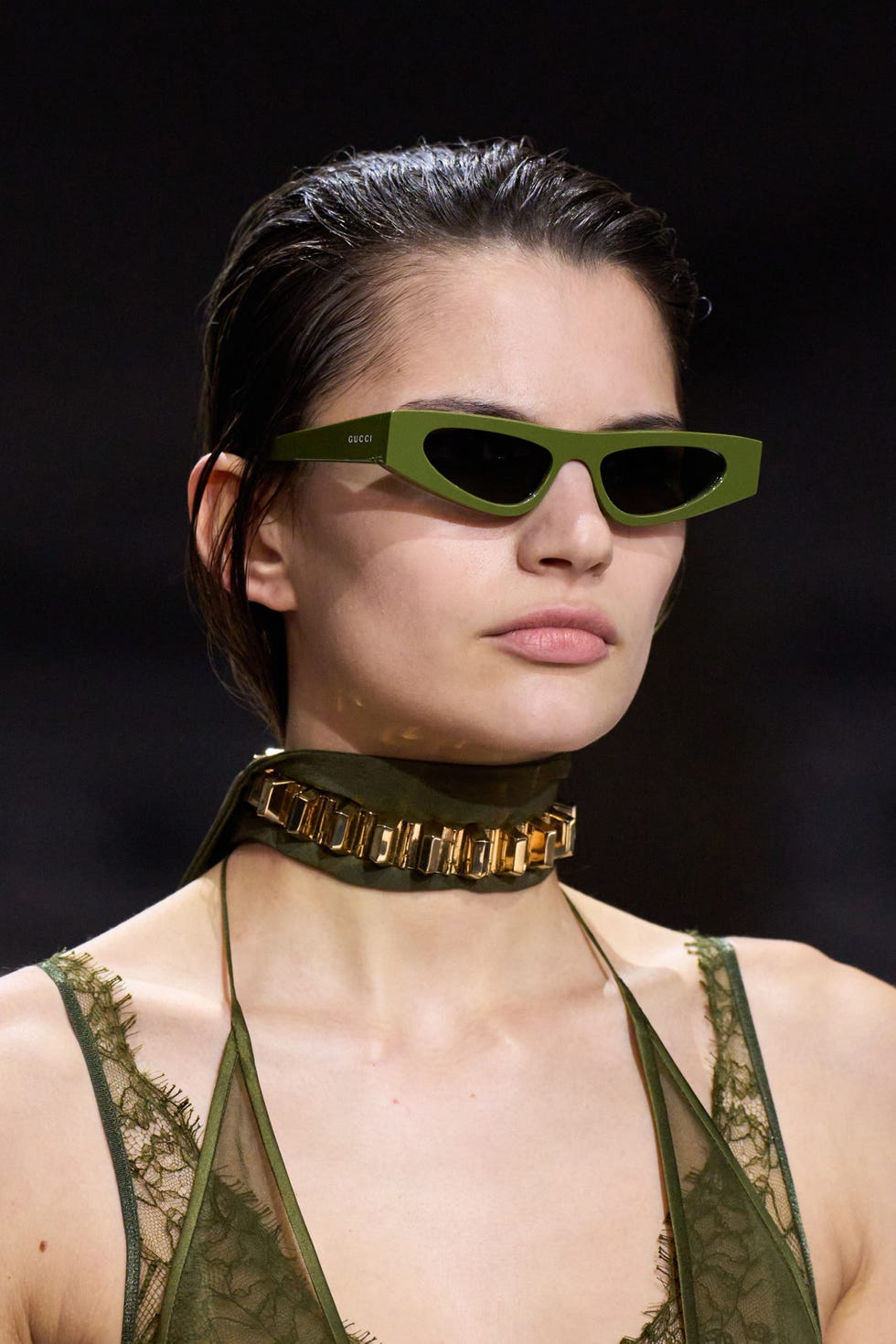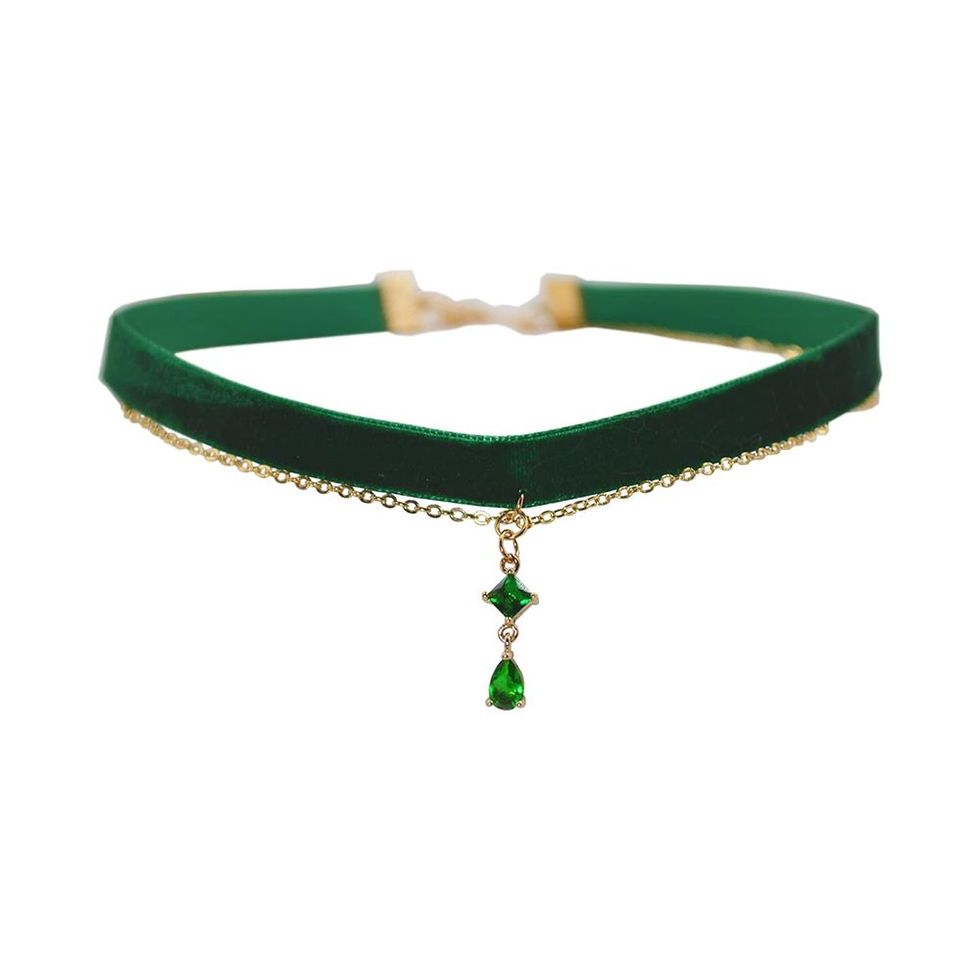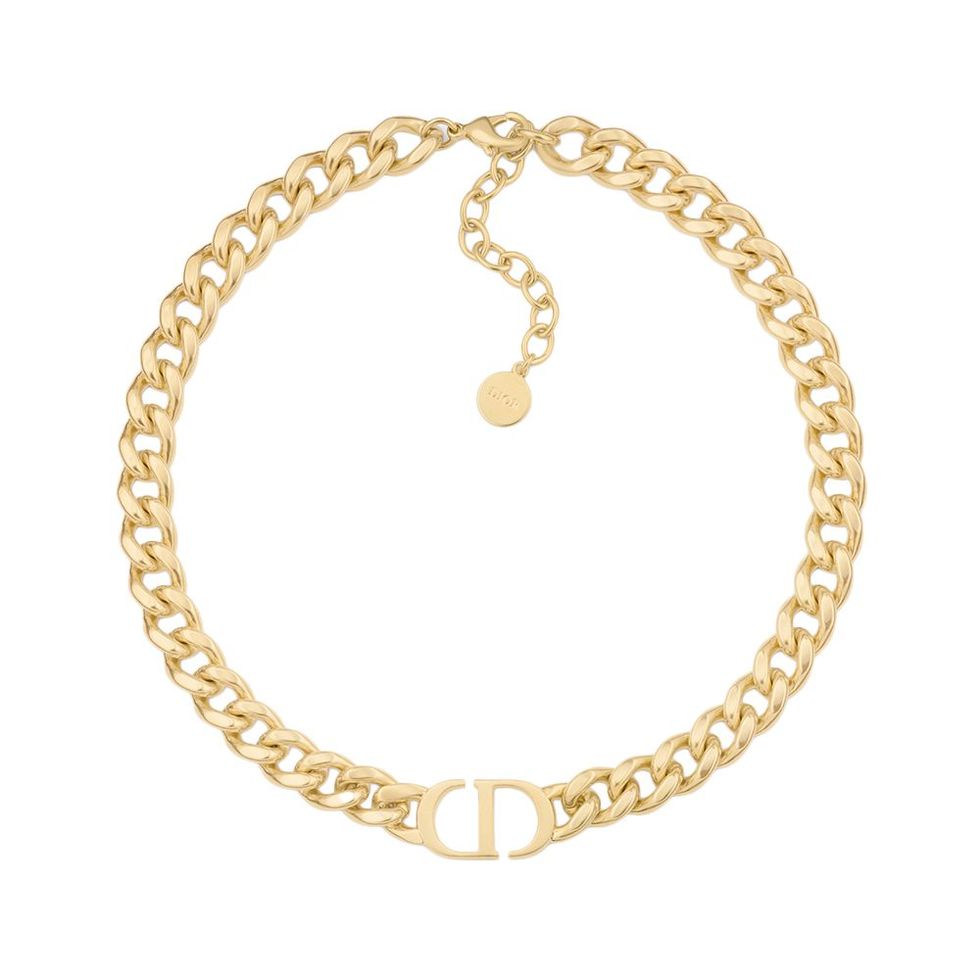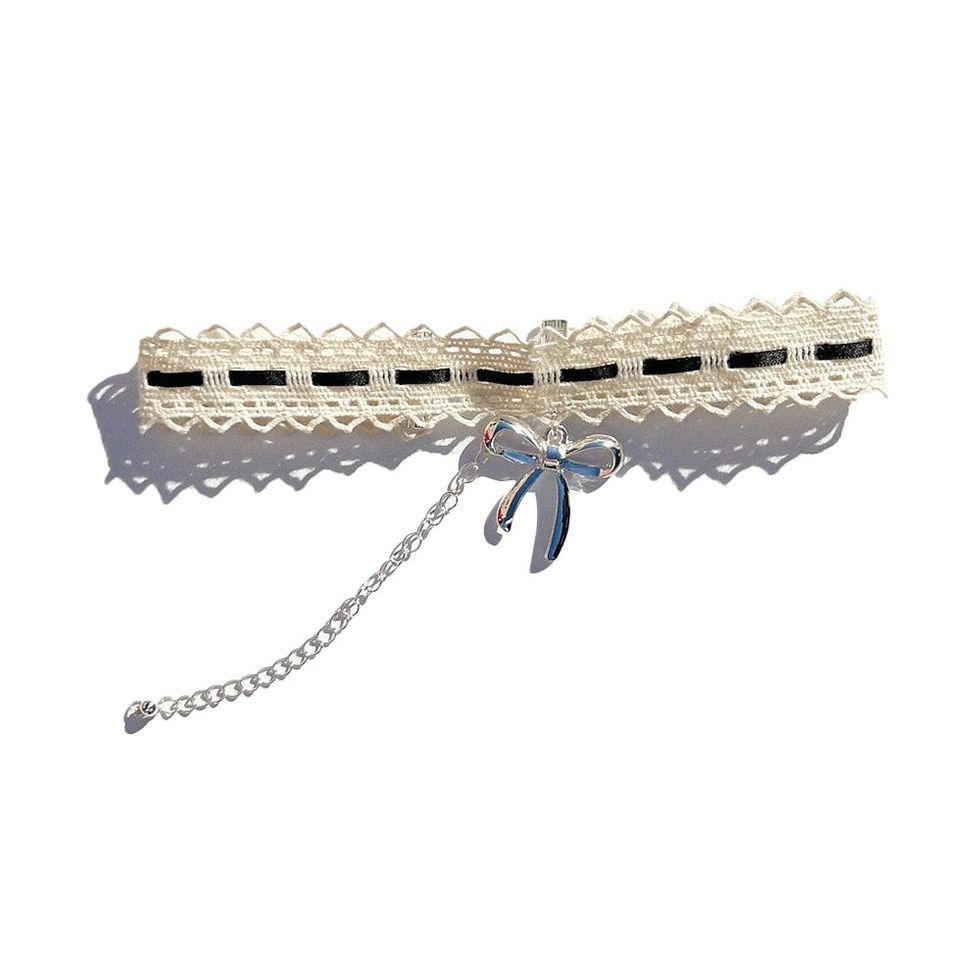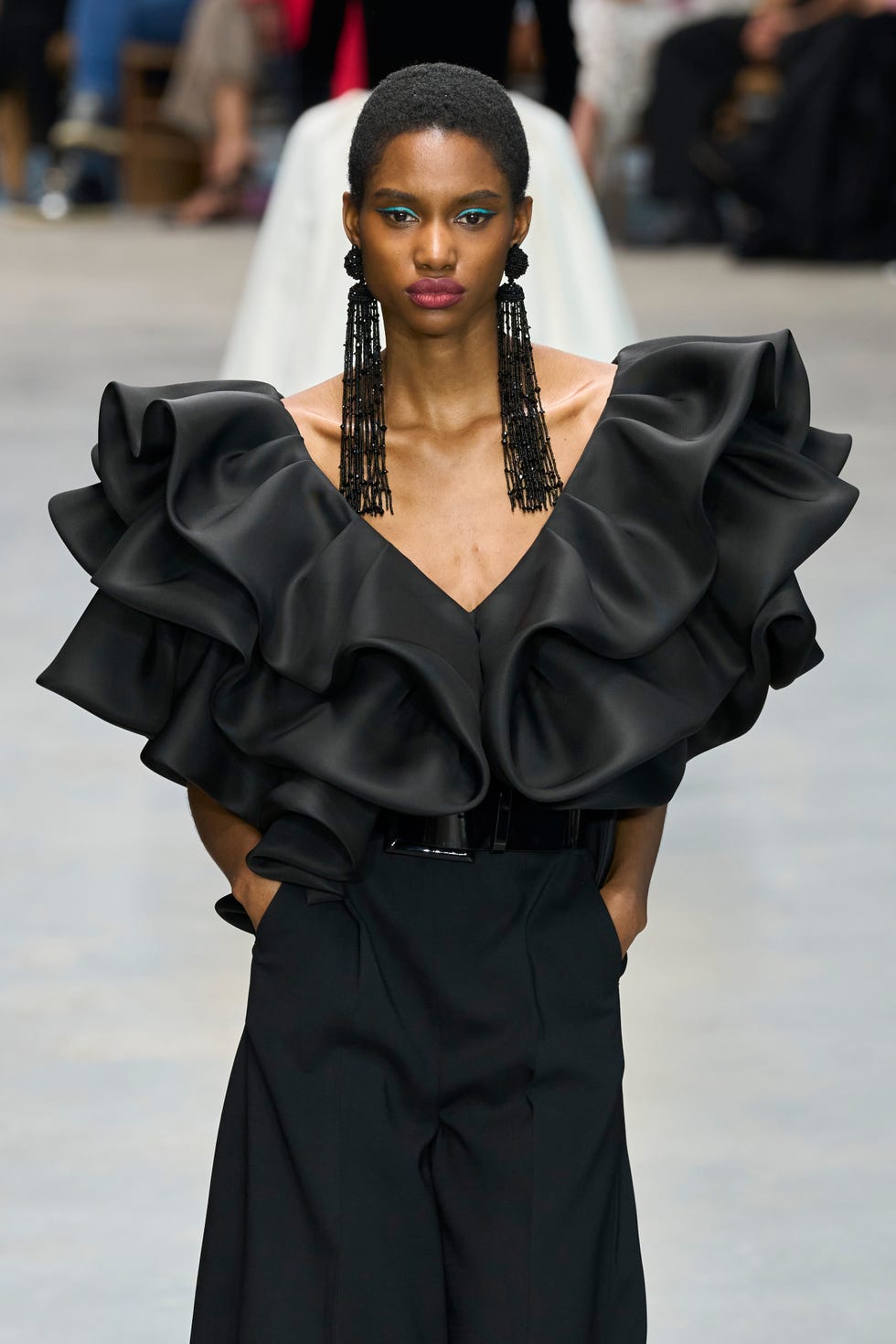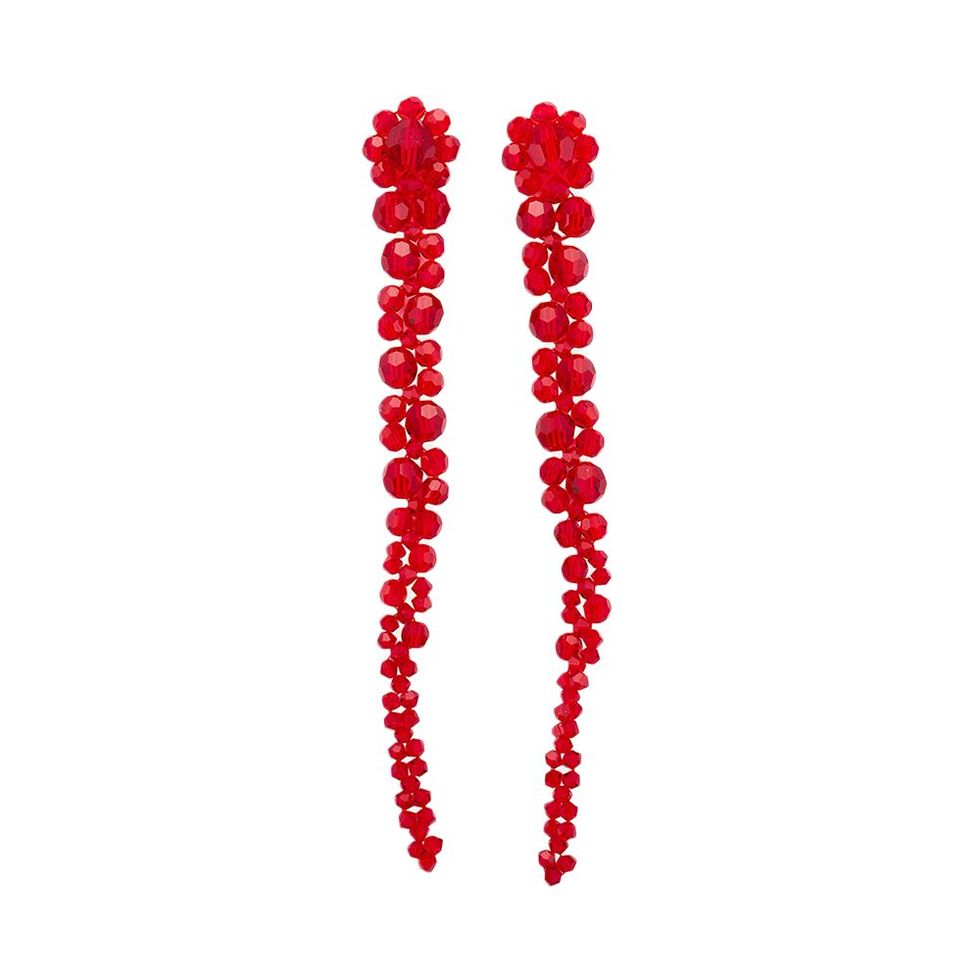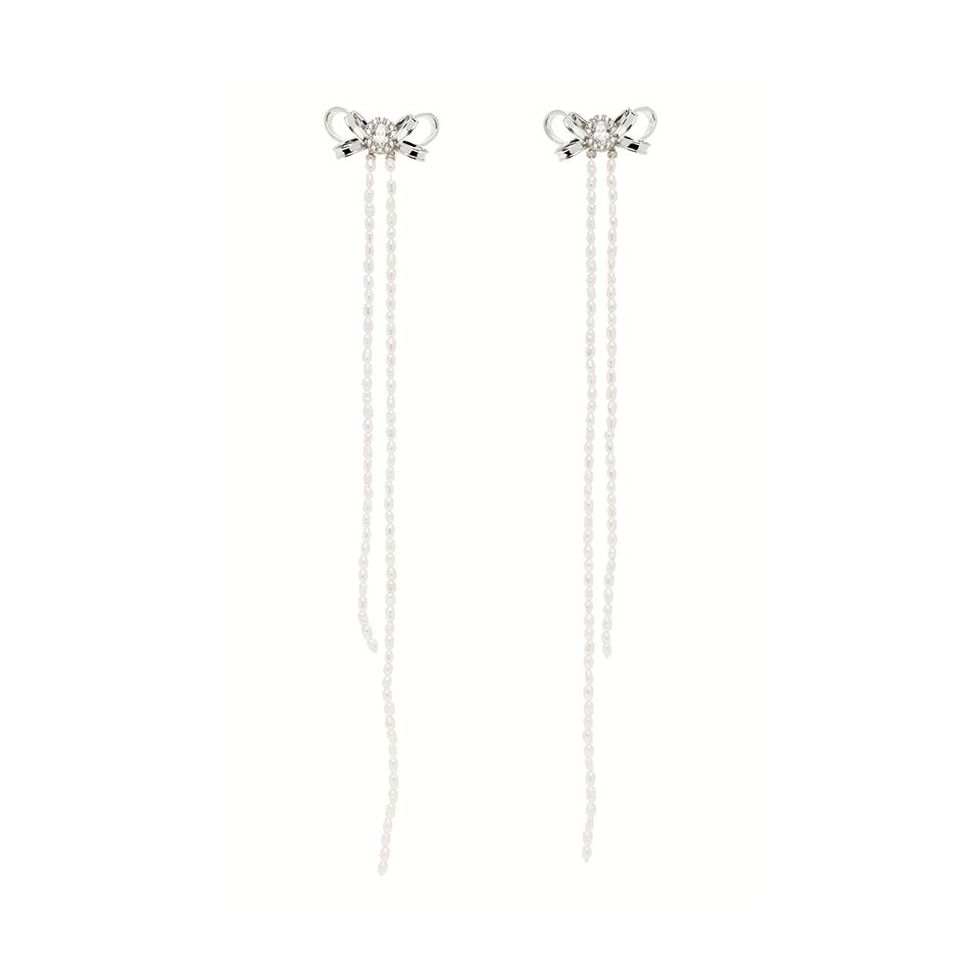Most eyes are fixated upon the latest and greatest ready-to-wear, bags, and shoes that appear on each runway and at every presentation during fashion month, but mine often veer toward the jewelry. And why shouldn’t they? After all, accessories can often serve as the final touch to complete your outfit—and I’m currently on the watch for the must-have 2024 jewelry trends worth knowing.
You’ve likely already started building out your long-term collection of baubles with the best fine jewelry brands to invest in, but if you want to add the best fall 2024 jewelry trends to your jewelry box, I’ve got you covered. Below, shop our favorite jewelry statement makers inspired by what we saw during fashion month.
Big and Bold Earrings
The runways are always a place for larger-than-life jewelry, but this season felt like things took an even bolder turn. From the youthful, rhinestone-studded oversized stars at Sandy Liang and the artful cascading bows at Simone Rocha to Huishan Zhang’s oversized crystal studs, let your ears do all the talking with these head-turners.
Sculptural Metals
If there’s a jewelry trend that feels both modern and timeless at the same time, it’s this one. Gabriela Hearst, Missoni, and Bottega Veneta all proved that abstract shapes in metals like sterling silver, brass, and gold are the perfect way to give your ensembles a subtle statement without dominating the whole look.
Updated Chokers
Brace yourselves: The choker is coming back for 2024. Most notably seen at Gucci on ribbons adorned with hardware, the ’90s staple can take on an almost Victorian-era look when paired with lacy slip dresses and coordinated sweater sets. Connor Ives, for his part, opted for a feminine rosette. At Versace, we saw the style get the punk treatment with edgy metals.
Extra-Long Earrings
It’s not every day one sees earrings that extend beyond the shoulder, so when Jil Sander, Carolina Herrera, and Simone Rocha accessorized their models with collarbone-sweeping styles, I simply had to pause. Erdem, on the other hand, took a different approach with inverted tulips, where the stems extended beyond the tips of the ears.

